Web 3.0: What It Means for Creators and Developers
Unveil the potential of Web 3.0 and explore how it empowers creators and developers in the era of decentralization, blockchain, and token-based economies.
- Web 3.0
- Blockchain
- Development
- Technology
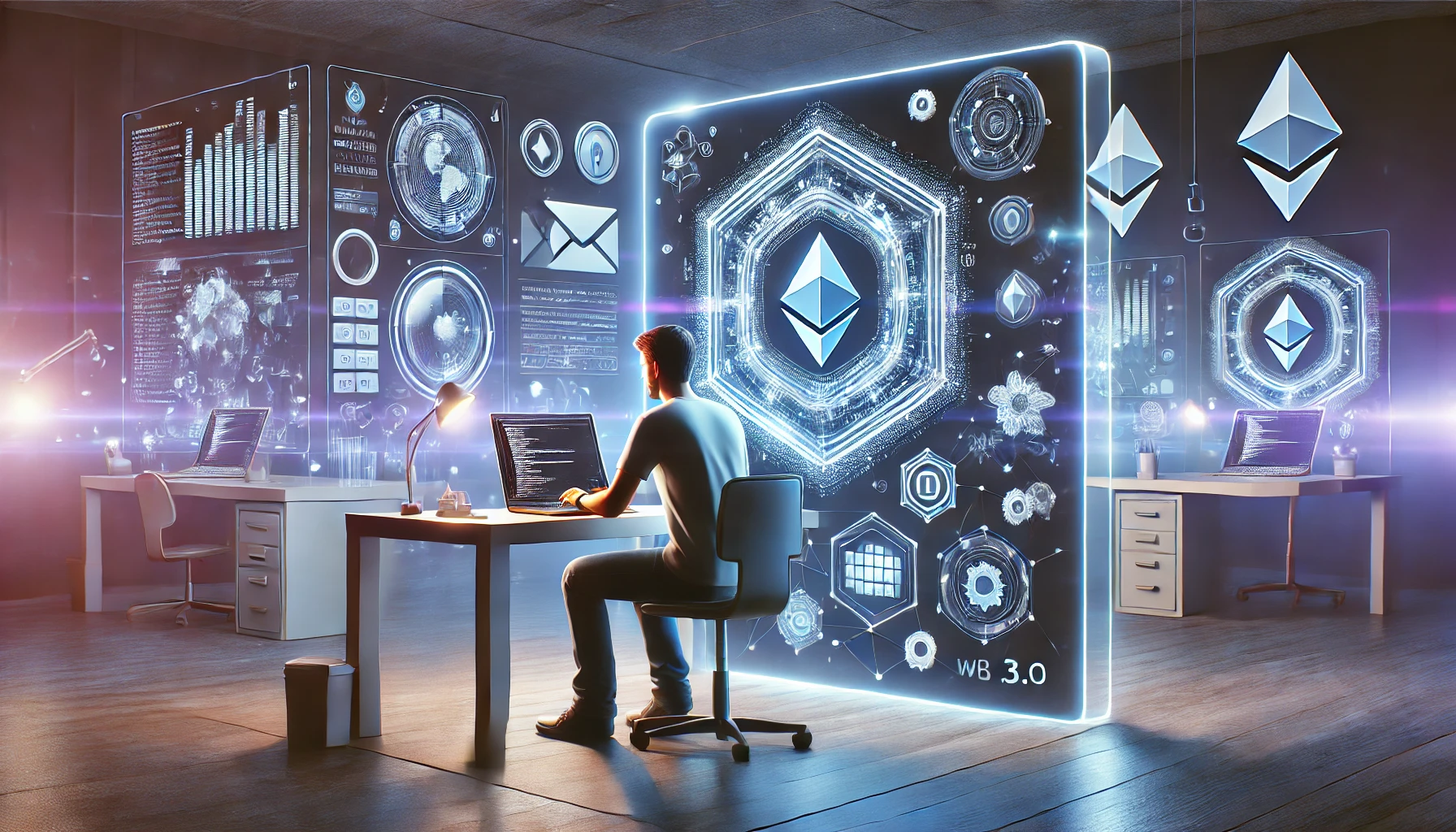
Introduction
Web 3.0 is transforming the internet as we know it. Unlike Web 2.0, which is dominated by centralized platforms, Web 3.0 is built on decentralization, blockchain technology, and token-based economies. This new era offers greater control, transparency, and opportunities for creators and developers.
In this article, we’ll break down the essential components of Web 3.0 and highlight what it means for creators, developers, and users alike. From decentralized applications (dApps) to NFTs and smart contracts, this guide will help you understand how to leverage Web 3.0 to your advantage.
1. What is Web 3.0?
Web 3.0 is the third generation of the internet, shifting control from centralized authorities to users, creators, and developers. It is powered by technologies like blockchain, smart contracts, and decentralized networks.
Key Characteristics of Web 3.0:
- Decentralization — No single entity controls the network.
- Blockchain Technology — Immutable records of transactions and ownership.
- Tokenization — Users can own digital assets like NFTs and cryptocurrencies.
- Data Privacy and Security — Users have full control over their data.
What It Means for Creators & Developers: Web 3.0 enables direct relationships with users without relying on big platforms like YouTube or Facebook. Developers can create decentralized applications (dApps) that provide users with full control of their data and assets.
2. The Role of Creators in Web 3.0
Creators are at the heart of Web 3.0, as they can now own, control, and monetize their content directly. Unlike Web 2.0 platforms like YouTube, where platforms take a share of the revenue, Web 3.0 gives creators full ownership of their content and income streams.
How Creators Benefit from Web 3.0:
- Ownership of Digital Assets — Creators can tokenize their work as NFTs and sell them on platforms like OpenSea or Rarible.
- Direct Monetization — Platforms like Mirror and Sound.xyz allow creators to monetize their content directly from their audience.
- Community Governance — Creators can build communities with governance tokens, allowing fans to have a say in future decisions.
Example: Artists can release digital art as NFTs, and musicians can tokenize their songs, selling them directly to fans without intermediaries.
3. The Role of Developers in Web 3.0
Developers are essential in building the infrastructure and applications of Web 3.0. From smart contracts to dApps, developers play a crucial role in shaping the decentralized internet.
Key Skills for Developers in Web 3.0:
- Smart Contract Development — Learn Solidity (Ethereum) or Rust (Solana) to create smart contracts.
- Blockchain Development — Build decentralized applications (dApps) on platforms like Ethereum, Solana, and Polygon.
- Token Development — Create and manage fungible (ERC-20) and non-fungible tokens (ERC-721, ERC-1155).
What It Means for Developers: Developers have the opportunity to build decentralized products and monetize their work through tokenized projects, staking, and royalties.
4. Decentralized Applications (dApps) Explained
Unlike traditional apps, dApps run on a decentralized network of nodes, often on blockchains like Ethereum or Solana. This makes them censorship-resistant, transparent, and open-source.
Features of dApps:
- Smart Contracts — dApps execute predefined actions automatically when conditions are met.
- Decentralized Backend — Data is stored on the blockchain, not a centralized server.
- User-Owned Assets — Users have control over their assets (like NFTs) and data.
Examples of dApps:
- DeFi (Decentralized Finance) — Protocols like Uniswap and Aave enable peer-to-peer financial services.
- NFT Marketplaces — OpenSea and Rarible allow users to trade unique, tokenized digital assets.
- Decentralized Social Networks — Platforms like Lens Protocol give users control over their social identities.
What It Means for Developers: Developers can create apps that cannot be shut down or censored, giving them a competitive edge in the industry.
5. Smart Contracts: The Backbone of Web 3.0
Smart contracts are self-executing contracts with the terms written directly into code. They play a vital role in Web 3.0 by enabling decentralized apps (dApps) and blockchain transactions.
How Smart Contracts Work:
- Predefined Conditions — Terms are written as code.
- Self-Execution — The contract executes itself when conditions are met.
- Immutable and Transparent — Once on the blockchain, the contract cannot be altered.
Tools for Developers:
- Solidity — The primary language for Ethereum smart contracts.
- Hardhat/Truffle — Development tools to test and deploy smart contracts.
Example: A decentralized crowdfunding app could use smart contracts to release funds only if a funding goal is met.
6. Tokenization and NFTs
Web 3.0 introduces the concept of tokenization, allowing creators and developers to turn physical and digital assets into tokens on the blockchain.
Types of Tokens:
- Fungible Tokens (like Bitcoin and Ethereum) — All units are identical and interchangeable.
- Non-Fungible Tokens (NFTs) — Unique, indivisible assets like digital art, music, or domain names.
How Creators Use NFTs:
- Sell music, artwork, and content as NFTs.
- Offer exclusive access to events or experiences through NFT tickets.
- Create limited-edition digital merchandise.
What It Means for Creators: They can sell exclusive, limited-edition content as NFTs, and earn royalties every time it is resold.
7. Challenges and Risks of Web 3.0
While Web 3.0 offers exciting opportunities, it also comes with certain challenges.
Challenges Creators & Developers Face:
- Scalability — Current blockchains struggle with large transaction volumes.
- Learning Curve — Smart contract development requires new technical skills.
- Regulatory Uncertainty — Governments are still figuring out how to regulate blockchain-based economies.
What It Means for Creators & Developers: Be aware of these challenges and stay up-to-date on changes in regulations, scalability solutions, and security best practices.
8. The Future of Web 3.0
As Web 3.0 continues to evolve, we can expect more decentralization, enhanced creator royalties, and new tools for developers. The rise of decentralized identity, token-based economies, and self-sovereign identities will shape the next decade.
Predictions for 2025 and Beyond:
- Metaverse Expansion — The metaverse will integrate Web 3.0 for true ownership of virtual assets.
- AI-Driven dApps — dApps will use AI to provide personalized user experiences.
- Global Decentralization — More countries will adopt Web 3.0 as part of their digital infrastructure.
What It Means for Creators & Developers: Stay ahead of the curve by mastering Web 3.0 tools and exploring opportunities in the metaverse and decentralized identity.
Conclusion
Web 3.0 offers creators and developers the chance to own, monetize, and build in a way that was never possible in Web 2.0. By leveraging blockchain, tokenization, and smart contracts, the internet is moving toward a more open, user-controlled future. Creators can earn more, developers can build more freely, and users can take control of their digital lives.
Related Blogs
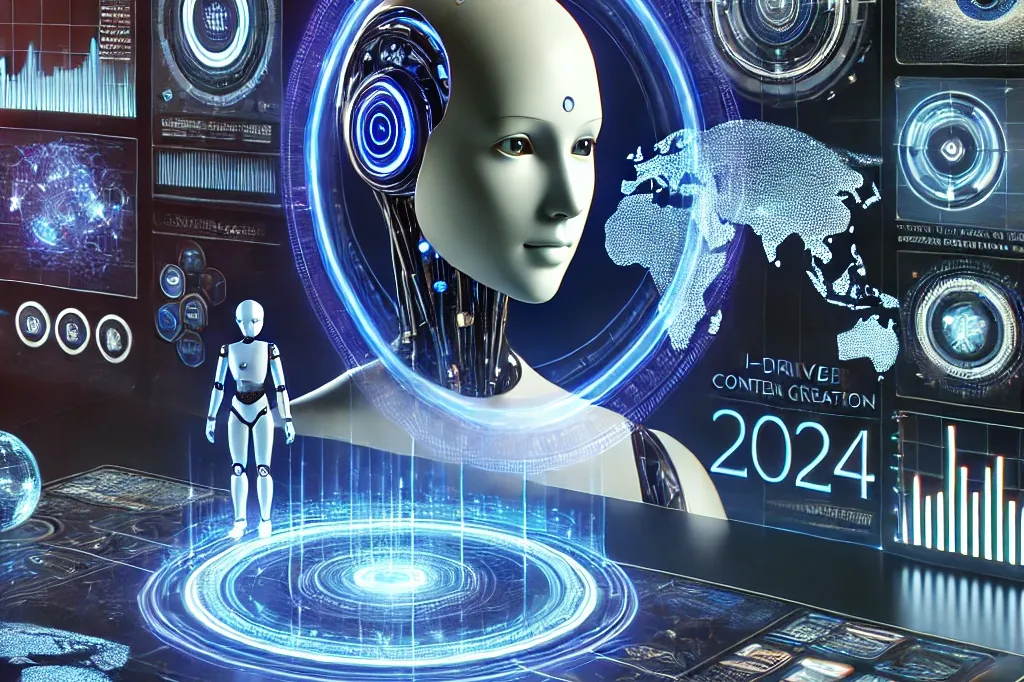
How AI is Shaping the Future of Content Creation in 2024
Discover how AI is transforming content creation with innovative tools, smarter algorithms, and enhanced creativity in 2024.
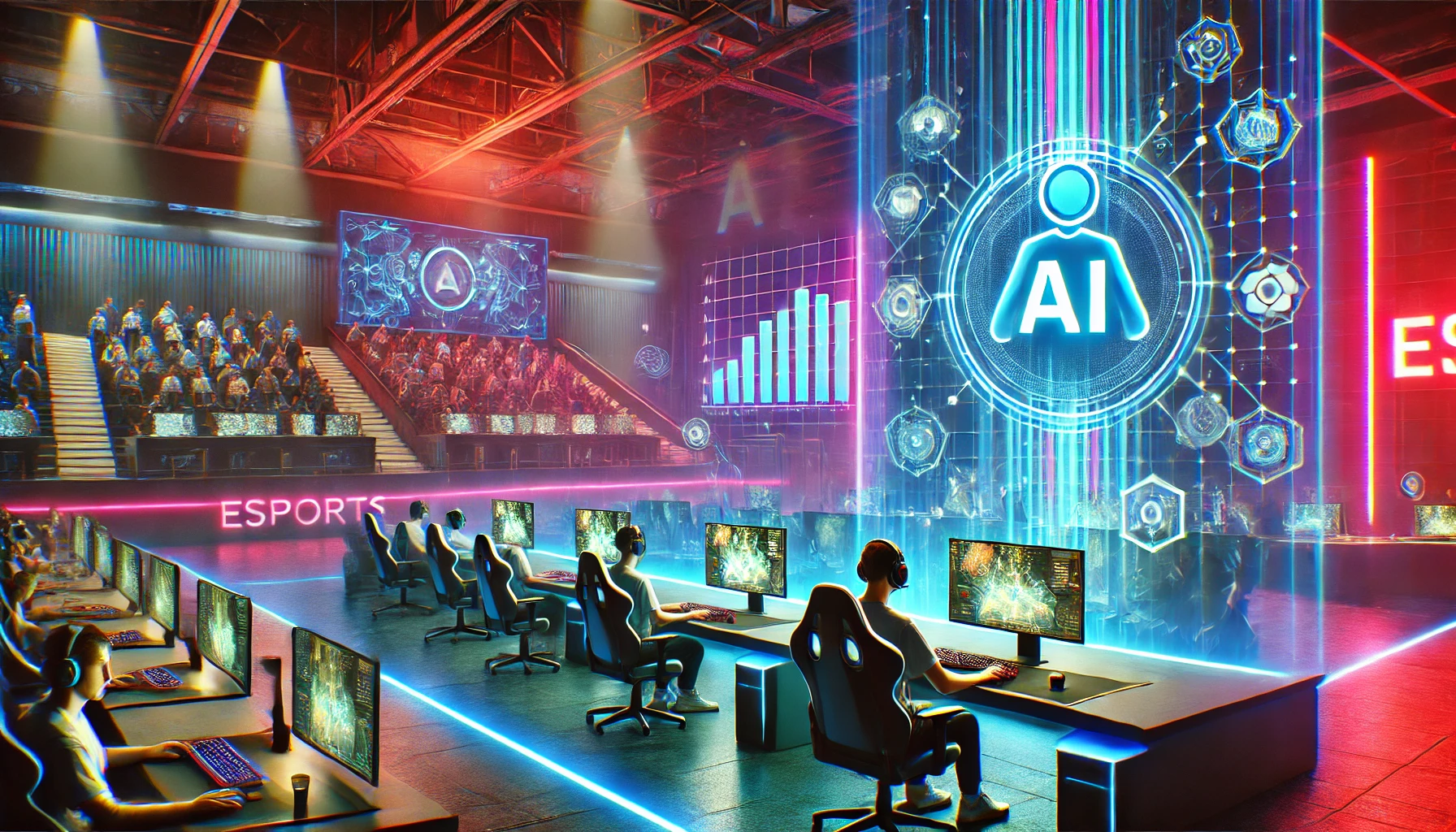
How AI is Revolutionizing eSports: A Deep Dive
Discover how artificial intelligence is reshaping the eSports industry, from game strategy analysis to player performance optimization.

Astro.js vs Next.js: Which One Should You Choose for Your 2024 Web Development Projects?
Compare Astro.js and Next.js to determine the best framework for your 2024 web development needs. Discover key features, differences, and use cases to make an informed decision.
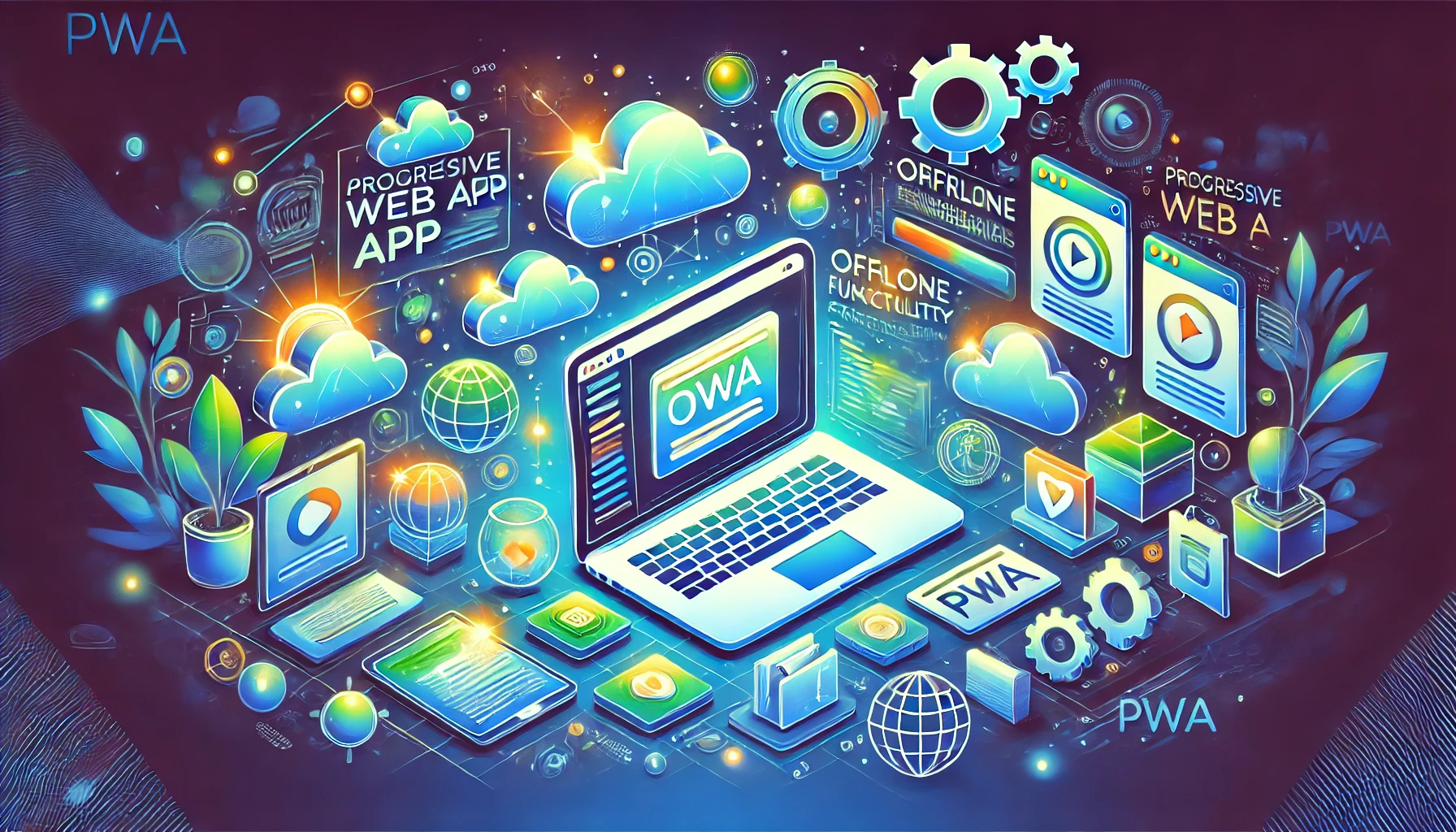
From Zero to Hero: Beginner’s Guide to Building Progressive Web Apps in 2025
Learn how to build Progressive Web Apps (PWAs) from scratch in 2025 with this beginner-friendly guide. Discover essential tools, best practices, and step-by-step instructions to create fast, reliable, and engaging PWAs.
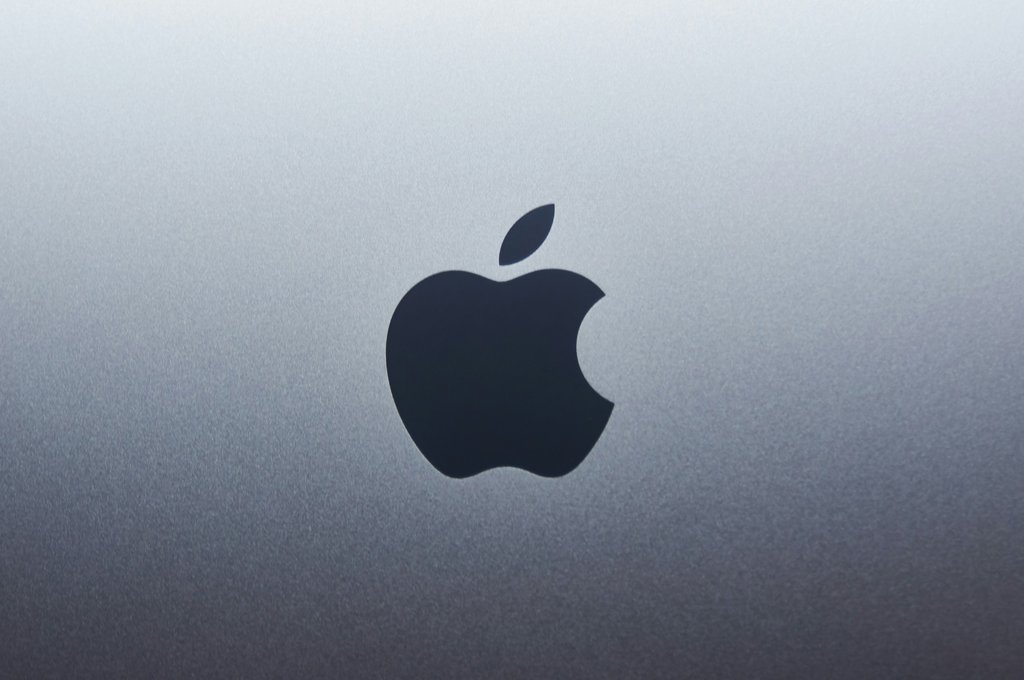
Behind the Scenes of Apple's Product Launch: What You Didn't Know!
Explore the hidden processes, untold stories, and meticulous planning that make Apple's product launches legendary.
